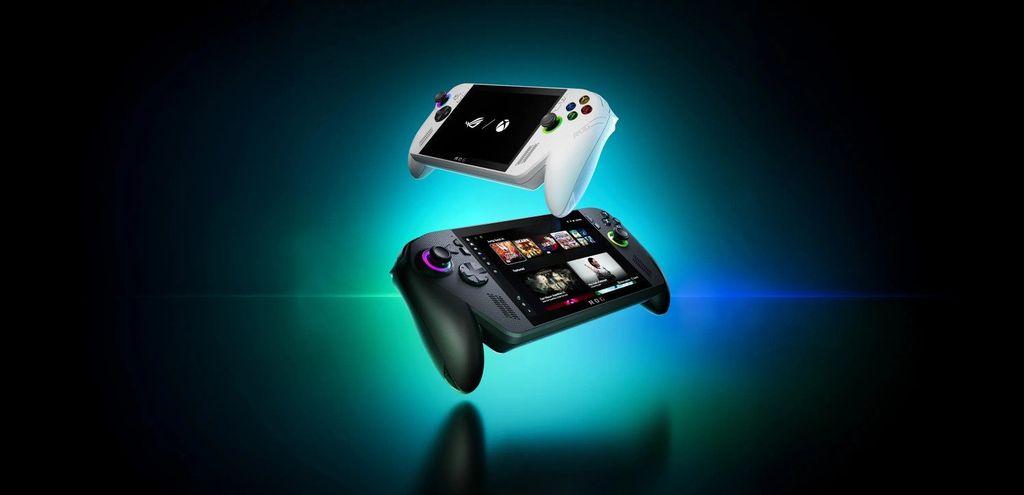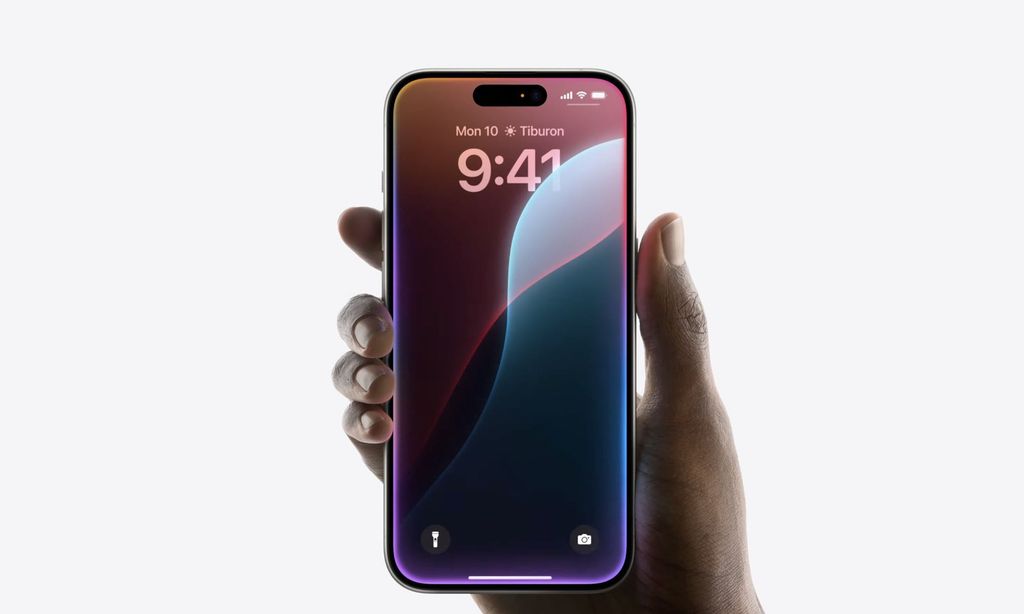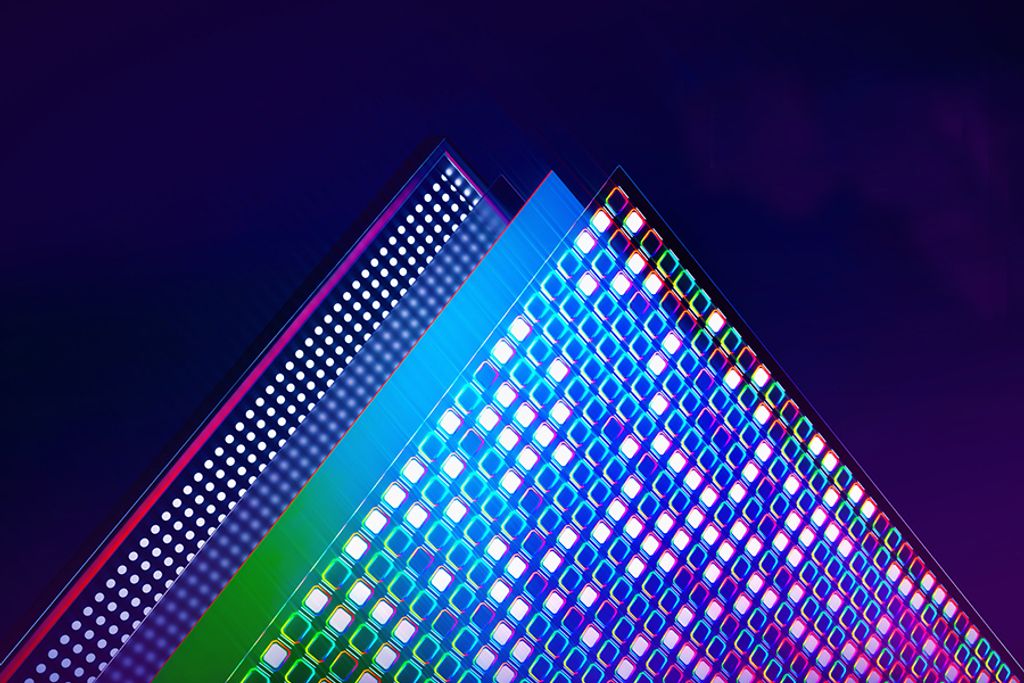
What has been talked about for years is finally becoming a reality. According to the latest data from Omdia, from 2026 onwards, OLED will begin to genuinely push LCD out of the tablet market — just as it previously did in the world of smartphones.
More and more panels, fewer "ordinary" tablets
Omdia predicts that in 2025, global shipments of panels for tablets will reach 297.4 million units — an 8% increase from 2024. The following year, the number will rise to 301.5 million. However, there’s a catch: almost half of these screens will end up in devices that… are not classic tablets.
Despite the volume growth, one thing remains unchanged — the dominance of LCD screens. And these, in most cases, are unable to display HDR or wider colour gamuts (DCI-P3 or Rec.2020). The result? Video quality on tablets has been stagnant for years, and it’s the LCD that’s holding it back.
OLED enters the game
Currently, OLED is mainly used in iPad Pro models and selected Samsung tablets. But this is just the beginning. According to Omdia, Apple will start transitioning cheaper iPad models from LCD to OLED in the years 2026–2027. Huawei also plans to ramp up its OLED efforts as early as next year.
As Linda Lin, a senior analyst at Omdia, emphasises:
“In 2026, shipments of OLED panels for tablets will increase by as much as 39% year-on-year to 15 million units, while LCD will maintain a similar level to 2025. In other words, all market growth will be driven by OLED.”
This is exactly the same moment we have already seen in smartphones — from 2024 onwards, the majority of new phones sold globally will feature OLED screens rather than LCD.
New factories will change the market
The revolution is also driven by infrastructure. Both China and South Korea are building new 8.6G OLED production lines.
The project involves:
TCL CSOT
BOE
Visionox
Samsung Display
These factories are focused on mass production of OLED panels not only for tablets but also for smartphones, laptops, and monitors.
And since a new generation of production capacity is being established, OLED panel prices naturally have a chance to decrease — which paves the way for greater adoption in cheaper devices.
What’s next?
In the coming years, OLED will increasingly enter laptops and PC monitors. If manufacturers maintain a pace similar to that of the smartphone market, an LCD tablet could soon become what an LCD phone is today — a relic.
2026 marks the beginning of the end for LCD tablets. And this time, nothing will stop this process.
 Katarzyna Petru
Katarzyna Petru












